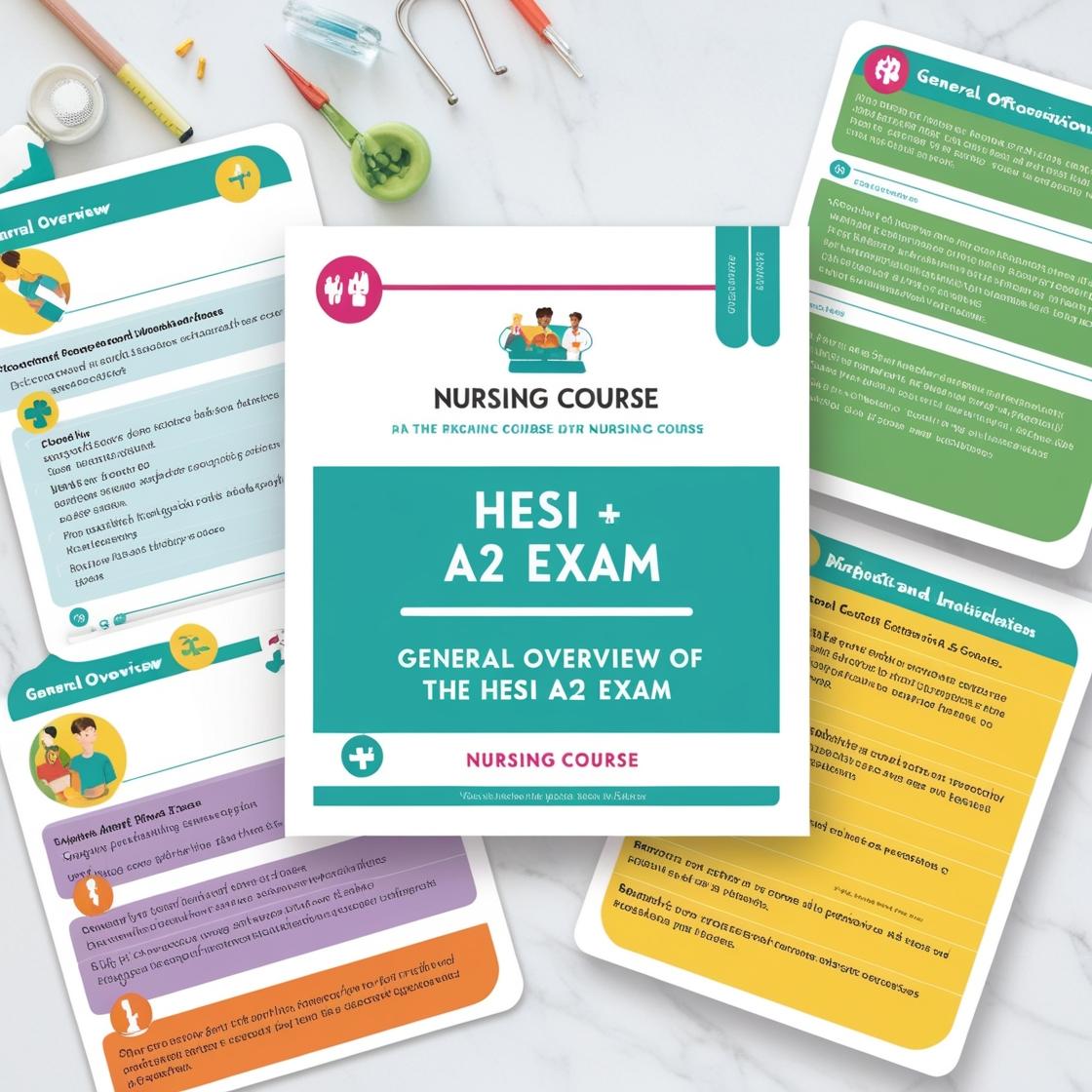HESI A2
Quizlet HESI A2 Anatomy and Physiology
1. What is the primary function of the respiratory system?
- A. To remove carbon dioxide from the body
- B. To transport oxygen to the cells
- C. To deliver nutrients to cells
- D. To create sound and speech
Correct answer: B
Rationale: The primary function of the respiratory system is to facilitate the exchange of gases. It transports oxygen from the air into the bloodstream, which is crucial for cellular respiration and providing energy to the cells. Additionally, it removes carbon dioxide, which is a waste product that needs to be eliminated. Choices A, C, and D are incorrect because while the respiratory system does remove carbon dioxide, its primary role is oxygen transport, not nutrient delivery, sound, or speech production.
2. What is the primary function of the kidneys in the urinary system?
- A. To filter waste from the blood
- B. To produce urine
- C. To regulate blood pressure
- D. To maintain fluid balance
Correct answer: A
Rationale: The correct answer is A: 'To filter waste from the blood.' The primary function of the kidneys in the urinary system is to filter waste products and excess substances from the blood, forming urine, which is then excreted from the body. This process helps maintain the body's internal environment by regulating the balance of electrolytes, fluid levels, and eliminating metabolic waste products. Choices B, C, and D are incorrect because while the kidneys do produce urine, regulate blood pressure, and maintain fluid balance, their primary function within the urinary system is the filtration of waste from the blood.
3. What is the main function of the respiratory system?
- A. To transport nutrients
- B. To regulate body temperature
- C. To absorb oxygen and remove carbon dioxide
- D. To produce energy
Correct answer: C
Rationale: The main function of the respiratory system is to absorb oxygen from the air into the bloodstream and remove carbon dioxide from the body. Oxygen is essential for cellular respiration, the process through which cells generate energy. Carbon dioxide is a waste product expelled during this process. Choice A, 'To transport nutrients,' is incorrect as the respiratory system is not primarily responsible for transporting nutrients. Choice B, 'To regulate body temperature,' is incorrect as the respiratory system's main role is not temperature regulation. Choice D, 'To produce energy,' is incorrect because while oxygen obtained through respiration is used in the energy production process, the respiratory system itself does not directly produce energy.
4. What is the primary function of the circulatory system?
- A. To produce hormones
- B. To transport oxygen and nutrients
- C. To fight infections
- D. To regulate body temperature
Correct answer: B
Rationale: The circulatory system's primary function is to transport oxygen, nutrients, and hormones to cells and remove waste products. Choice A is incorrect because hormone production is primarily carried out by endocrine glands. Choice C is incorrect as fighting infections is a role of the immune system. Choice D is incorrect as regulating body temperature is mainly controlled by the integumentary and nervous systems.
5. Which organ in the digestive system absorbs nutrients?
- A. Stomach
- B. Small intestine
- C. Large intestine
- D. Esophagus
Correct answer: B
Rationale: The small intestine is the primary site for nutrient absorption in the digestive system. It plays a crucial role in absorbing digested food into the bloodstream, where the nutrients are then circulated to the body's cells for energy and other functions. The stomach primarily breaks down food through the action of acids and enzymes, while the large intestine absorbs water and salts, not nutrients. The esophagus is a muscular tube that connects the mouth to the stomach and does not participate in nutrient absorption.
Similar Questions

Access More Features
HESI A2 Basic
$89/ 30 days
- 3,000 Questions with answers
- 30 days access @ $89
HESI A2 Premium
$129.99/ 90 days
- Actual HESI A 2 Questions
- 3,000 questions with answers
- 90 days access @ $129.99
